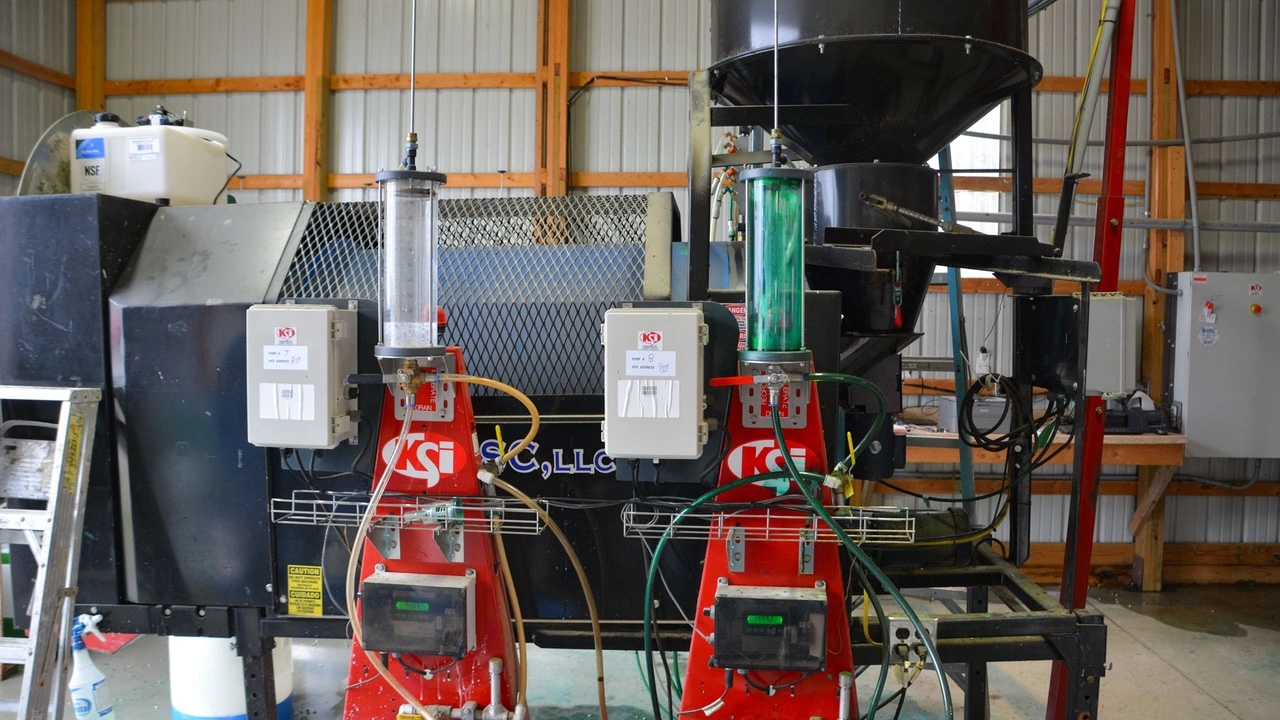Here is the soybean seed treatment you need

Answers are from the Indiana certified crop adviser panel: Betsy Bower, Keystone Cooperative, Lafayette; Jeff Nagel, Keystone Cooperative, Lafayette; and Marty Park, Gutwein Seed Service, Rensselaer.
We order our soybean seed untreated and then have it custom treated. I must cut out expense. What is the No. 1 product or type of product I should apply? Conversely, my neighbor’s company only sells him treated seed. However, he can have sudden death syndrome protection added for about $10 per unit. Is it worth it?
Bower: The No. 1 seed treatment you should apply is a mixed mode of action set of fungicides that helps control seedling diseases after planting. We are planting soybeans earlier and earlier, and they may sit in the field several days to weeks before emergence.
If you have had SDS in the past and/or are planting a soybean with less tolerance to SDS, I would suggest paying $10 to get a product that helps reduce infections from SDS. This disease infects the plant within the first three to six weeks after planting, but you don’t see the foliar symptomology until the stress of grain fill occurs in August.
Several products that protect soybeans from SDS do have some activity on reducing soybean cyst nematodes at least for a season. Consult your seed professional for the correct rate of the SDS/SCN products if you know you have both issues.
Nagel: The most important type of product depends on where you’re located and field history. Complete seed treatments usually have a combination of fungicides, an insecticide and maybe an inoculant. All can be important in helping emergence and early-season root and shoot development. My bias would be to have a solid fungicide seed treatment. Most farm operations are planting soybeans in April if conditions allow planting then. Unfavorable soil conditions are more likely, and fungicides can help with emergence and plant stand.
Variety selection should be the first line of defense for SDS, but the addition of an SDS fungicide should be considered where there is a history of SDS. Saltro and ILevo are two common seed treatments that help reduce the impact of SDS and have some activity on soybean cyst nematode. Applying SDS seed treatments doesn’t mean you won’t still have SDS. However, yield increases can be attained that more than cover the cost of the treatment in fields with a history of SDS.
Park: Basic fungicide seed treatment is inexpensive, and I would always apply it to my seed. It can be vital to stand establishment as growers plant earlier and earlier. There also has been a trend to reduce seeding rates over the past few years. When we do that, we need to ensure that the seed we plant has every opportunity to fully contribute to yield. If you have had an SDS issue in the past or are planting a soybean that has poor SDS tolerance, I would consider the $10 investment, especially if you are planting early into cold, wet, tight soils.

